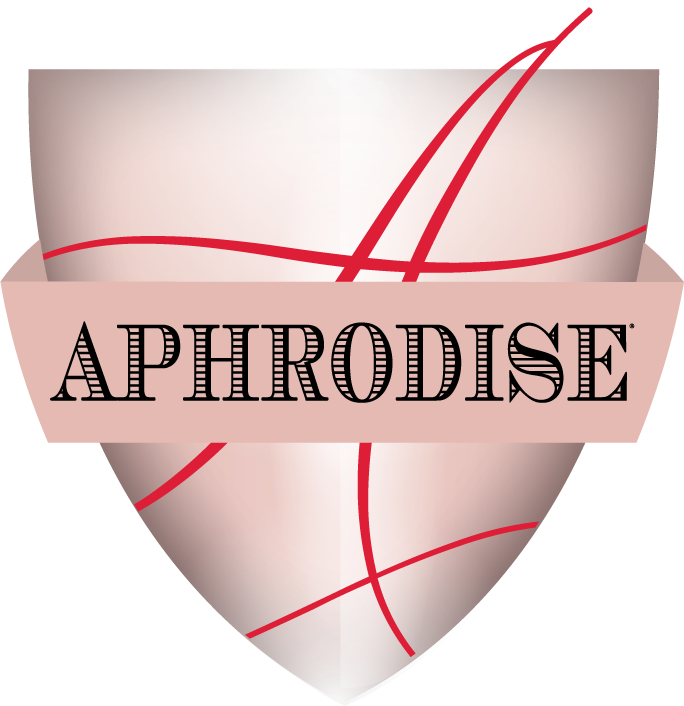Enjoy 10% Off Your First Order
Enter your email to receive your code, and be the first to know about all things Aphrodise.


In this article, we’ll be focusing on sparkling wine (and therefore sparkling rosé) and how it differs from prosecco.
Both are extremely popular refreshments; we’re here to help you distinguish the two. So, what’s the difference between sparkling wine and prosecco?

Prosecco originates from the Veneto and Friuli-Venezia Giulia regions of Italy; in fact, prosecco can only be so called if it comes from this north-east area of Italy. Sparkling wine, on the other hand, can be made from grapes grown in a number of regions. This includes Greek regions such as Macedonia, where you’ll find the Xinomavro grape; this is the noble grape we use to make our celebrated Aphrodise.

In order for prosecco to be called prosecco, it not only needs to come from the Veneto and Friuli-Venezia Giulia regions of northeast Italy, but it also should be made from a wine blend that contains at least 85% Glera grapes. These are white grapes, previously called Prosecco themselves until their name was changed to Glera to make the prosecco name more synonymous with the region itself.
Sparkling wine, however, can be made up of a variety of different grape blends. Grapes commonly used for sparkling wine include pinot noir, chardonnay, and pinot meunier, which can grow in a number of locations across Europe.
Due to the predominant nature of the Glera grapes, the flavor achieved by prosecco is fairly consistent, and without complexity; you can expect light and fruity with floral hints. The common flavors include green apples, pears, white peaches, and a little honey.
The blend potential of sparkling wine production, however, means that you’re likely to experience a wider range of flavors by exploring different sparkling wines and different sparkling rosés. For example, the Xinomavro grape used to make Aphrodise, gives it a subtle flavor of both crisp apples, and cherries. Whereas Glera grapes have high acidity, the low acidity of grapes such as Xinomavro can give sparkling wines an unparalleled freshness.


Prosecco is produced using the charmat method, which sees the all-important second fermentation of the base wine happen in a tank; the yeast and sugar creates carbon dioxide, and therefore small bubbles, within a tank environment.
Sparkling wine and sparkling rosé can also be made this way, but there is flexibility to use the traditional method, too. Used to create champagne, the traditional method means that the second fermentation happens inside the bottle, as opposed to on a large scale within a tank.

Prosecco is generally associated with special occasions; it’s rarely a go-to for a light daytime refreshment. However, it is also a great choice for cocktails, providing that much needed fizz alongside stronger flavors like Aperol.
Sparkling wine is a little more versatile; not only can it be used to toast and celebrate, but it can also complement more casual get-togethers, as well as pairing well with a variety of cuisines depending on its flavor profile.

If you’re yet to discover the magic of Greek sparkling rosé, we invite you to do so with Aphrodise. Perfect not only for celebrations, but on the beach, around the pool, with dinner, or even out on the open seas, it’s an easy-drinking sparkling rosé with plenty of fruity flavor.
This website uses cookies so that we can provide you with the best user experience possible. Cookie information is stored in your browser and performs functions such as recognising you when you return to our website and helping our team to understand which sections of the website you find most interesting and useful.
Strictly Necessary Cookie should be enabled at all times so that we can save your preferences for cookie settings.
This website uses Google Analytics to collect anonymous information such as the number of visitors to the site, and the most popular pages. Keeping this cookie enabled helps us to improve our website.
More information about our Cookie Policy